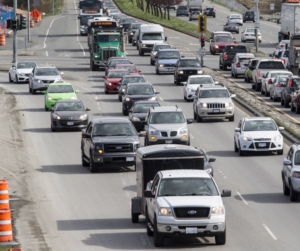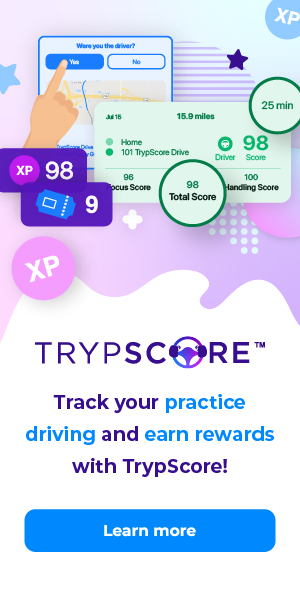Steve Wallace: Learn good habits of the best drivers

If possible, drivers on a multi-lane highway should move left to allow merging vehicles to enter. If not, leave more space ahead and behind your vehicle, Steve Wallace writes.
Some of the best drivers on our roads demonstrate many consistent behaviours. Assessments of both individual and corporate clients yield many of the same safe driving habits. Here are some of them.
Lane choice, on the freeway and other multi-lane, high-speed roads, is important. It is much more about space than speed. Excellent drivers choose a lane that affords them an easily identifiable escape route. It might be a lane adjacent to a wide paved shoulder, or the middle lane of a three-lane one-way configuration. Nonetheless, it is always a lane providing an “out.” It is a good idea to move left to allow others entering a freeway. A merge sign makes this behaviour mandatory. Good drivers do this, not only for the accommodation of those entering, but also to provide for their own possible escape to the central median separating the flow of traffic.
This eliminates the possibility of having only one crash-avoidance action — hitting the brakes. Two-lane bridges and tunnels are the exception. Allowing more space front and back in these two instances is advisable. If necessary, use the four-way flashers to discourage tailgaters. Many who follow too closely are not immediately aware of the indiscretion: The flashers are a gentle reminder to back off.
Most drivers are not mindful of the square-proportion nature of braking distance. Double the speed requires four times as far to stop, triple is nine times the braking distance, and so on. To avoid the rear-end crash hazard, use the front or lateral spaces available, rather than slamming on the brakes and hope for the best. Many drivers have never practised a panic stop. They have no idea how far it will take to come to a full stop.
Safe drivers are very seldom first off the line at a signalized intersection. They wait for others on a multi-lane road to move with them, allowing for a blocker system to eliminate the first-strike T-bone crash potential. Aside from the head-on, the side-impact crash is the next most-deadly crash.
Avoiding left turns at non-advanced-flashing-green light arrows is a crash-avoidance technique of many safety-conscious drivers. Exposing passengers to the potential of a side impact crash should be avoided. Every time a driver makes a left turn, it amounts to a death-defying action. Think about it. Putting oneself in a lane reserved for others coming from the opposite direction is a dangerous prospect.
Safe drivers use their driving lights during daylight. They light up both front and back. It makes them seem closer to oncoming and following traffic. Most North American vehicles require the taillights to be manually operated. Vehicles manufactured for the Canadian market were not required to have headlights on when operational until 1990. Sadly, the U.S. did not follow suit until the early teens of the 21st century. Vehicles manufactured after 1990 without headlights illuminated were likely produced in the U.S. for the southern market and brought by their owners to Canada, or are likely being driven by visitors to our country.
Avoiding reverse gear is another seemingly odd crash-avoidance behaviour. Fender benders, although less injurious to occupants, far outnumber other types of crashes. Safe drivers prefer to take a drive-through space in a mall parking lot. This negates the need for a back-up manoeuvre. It is preferable to back into a space, rather than parking front-first. Backing in makes leaving the space much easier and safer. Taking a space on the outer part of the lot reduces the number of movements around the vehicle.
Steve Wallace is the owner of Joan Wallace Driving School on Vancouver Island. He is a former vice-president of the Driving Schools Association of the Americas, a registered B.C.
teacher and a University of Manitoba graduate.


